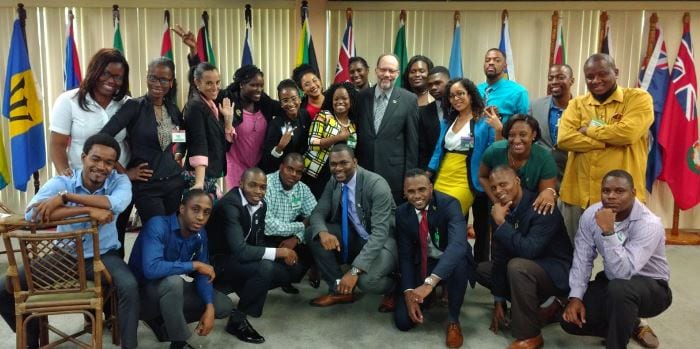
by Joy-Ann Gill | Jun 22, 2017 | Ministry News
The Student Revolving Loan Fund (SRLF) is reminding the public that the application deadline for persons pursuing regional studies is Friday, June 30. Persons pursuing local studies have until Monday, July 31, to submit their applications. The SRLF is further...

by Joy-Ann Gill | Jun 20, 2017 | Ministry News
An opportunity to collaborate with the business community is how the Graydon Sealy Secondary School has dubbed an upcoming Business Partners Meeting, slated for Thursday, June 22. The forum will be held in the school’s Mannie Bowen Auditorium from 9:30 a.m. until...

by Joy Springer | Jun 20, 2017 | Ministry News
The Maurice Byer Polyclinic’s Men’s Health and Educational Group is inviting the public to a panel discussion on the draft of the proposed Sexual Harassment in the Workplace Bill, on Monday, June 26, beginning at 7:00 p.m. The discussion will take place at the...

by Deirdre Gittens | Jun 16, 2017 | Ministry News
The National Committee on Ageing (NCOA) is seeking the public’s assistance in establishing a Hall of Fame to honour past and present Barbadian centenarians. The committee is inviting caregivers and relatives to submit suitable photographs of centenarians, along with a...

by Jamal Weekes | Jun 16, 2017 | Ministry News
The region’s CARICOM Youth Ambassadors (CYAs) have been encouraged to put their plans into action. This advice was given by Dean of the CYA Corps, Charde Desir, who spoke to the CYAs from 13 CARICOM and Associate Member States during a Capacity Building Workshop held...

by Joy Springer | Jun 16, 2017 | Ministry News
The Vector Control Unit of the Ministry of Health will continue its work to eradicate the Aedes Aegypti mosquito this week, concentrating its efforts primarily in St. Michael. The exception will be on Monday, June 19, when they will be in St. James, fogging Jupiter...







